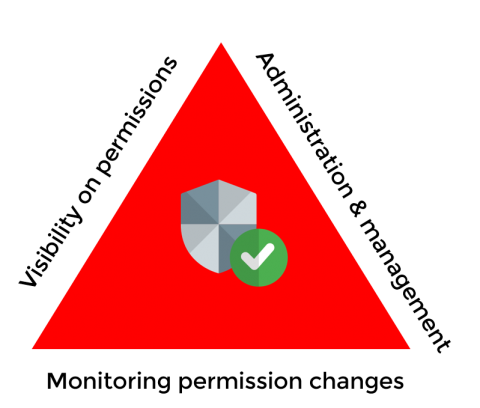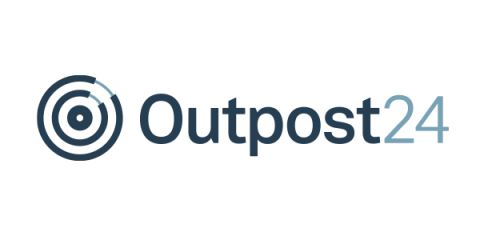How to secure your remote workforce
Since the outbreak of Covid-19, many organisations have had to make a swift transition to remote working to ensure business continuity. What would typically take months of planning and preparation was implemented in a matter of days. The chaos that this created, combined with the already uncertain nature of life during a pandemic, had created the ideal environment for cybercriminals.










